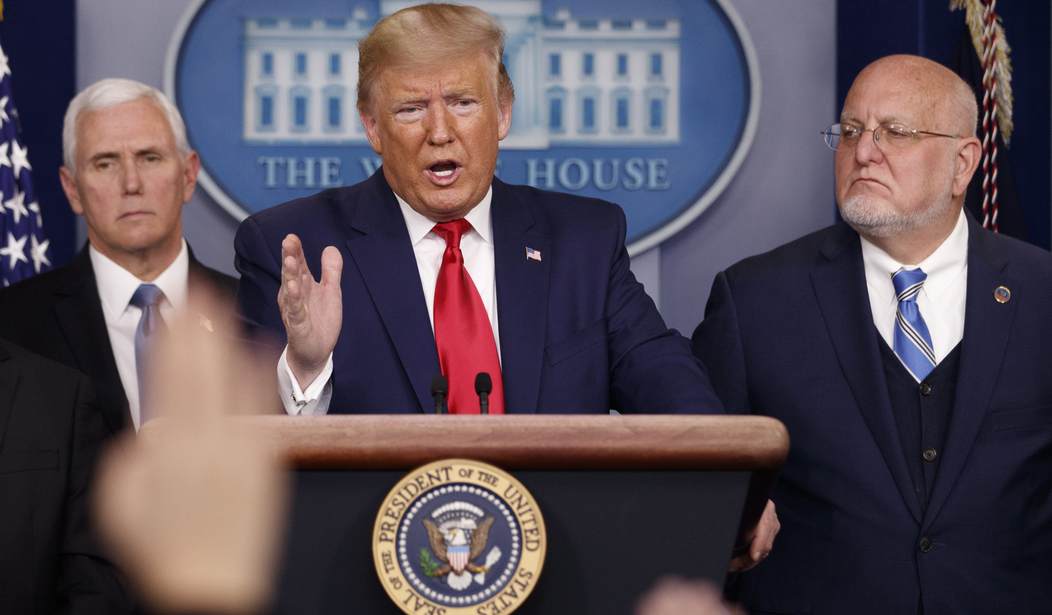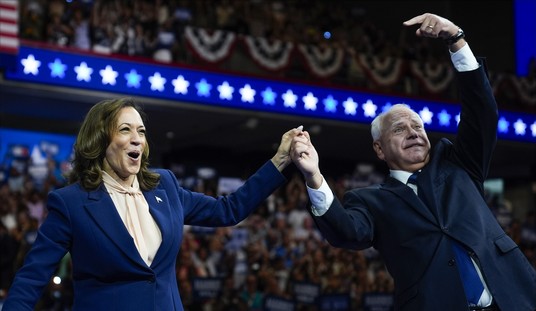Why aren’t more Democrats showing up to vote during primaries or attending caucuses? That’s a worrying question being asked by party leaders as Super Tuesday looks to shape the rest of the Democratic race.
While there are a lot more Democrats than Republicans in many states, Republicans have been energized by Donald Trump. They are turning out in historic numbers never before seen by an incumbent running for re-election.
Barry Burden, a political scientist at the University of Wisconsin who studies voter turnout, says Trump’s huge levels of support defy historical trends about sitting presidents who run for reelection. “A sitting incumbent running for reelection — that shouldn’t stimulate much interest,” Burden says. “It all runs a little contrary to what I think we would’ve expected.”
Those are the words of a liberal academic desperately trying to downplay the facts. Trump received almost 130,000 votes in New Hampshire — twice what Obama got in 2012 and George Bush received in 2004. Republican turnout for Trump rallies has been even more impressive, as the president continuously fills huge venues with hundreds outside who are clamoring to get in.
No presidential incumbent has experienced anything like it. Even the Lightbringer’s re-election in 2012 saw a large drop in support from 2008.
And it’s 2008 turnout that the Democrats need to match in order to have a chance against Trump. So far the numbers don’t look good.
For the Democrats, the story is less rosy. Historic turnout in the 2018 midterm elections and several special elections since Trump took office has not yet translated into similar outpourings of voter energy in the first four primaries and caucuses. Political scientists and voting experts tell Rolling Stone that the turnout so far is good but not great. In several states more people voted, or a higher share of the voting-eligible population voted, than did four years ago. But the numbers so far have not met the high-water mark of the 2008 campaign.
“We’re not seeing the sort of eye-popping turnout numbers we’ve seen over the last couple of years we’ve seen since Trump became president,” says Michael McDonald, a political scientist at the University of Florida who specializes in American elections.
Indeed, it’s becoming more and more apparent that anti-Trump hysteria will only take the Democrats so far. Ginning up hate against your opponent works a lot better if you have concrete ideas that people support to go along with it.
As much as many Democratic voters like liberal social programs, only the most radical Democrats can support a Medicare for all $37 trillion price tag. The same can be said for other programs that people may want, but balk at the cost.
And that brings us to Bernie Sanders. Even a rejuvenated Biden campaign won’t be able to stop Sanders from winning the most delegates on Super Tuesday. Going forward, it’s unclear how Biden will fare, but it seems probable that nothing will be resolved until the convention.
But Sanders not only needs to galvanize Democratic voters in November, he’s going to have to bring millions of new voters into the process to vote for him.
The early evidence does not support Sanders’ theory of the case. There has not been a sizable influx of new voters; the youth vote — which smashed the record for midterm turnout in 2018 — surpassed 2008 levels in Iowa, says Rock the Vote president Carolyn DeWitt, but it tracked closely with 2016 levels in New Hampshire, Nevada, or South Carolina.
“That’s a strong contrast with Obama’s turnout in 2008 where there was a huge swell of new voters who came out,” says Barry Burden, the University of Wisconsin political scientist. “The number of young voters is not up as a share of Democratic voters. If they want to see a really high turnout in November, they’re gonna need to turn out young voters in high numbers. At least in the primaries and caucuses, there hasn’t been so much of that.”
It isn’t just Trump’s incumbency that gives him an advantage. Trump’s secret weapon going into the November election is going to be the sky-high turnout of not only Republicans but Democrats and independents as well. It won’t guarantee a Trump victory. But it will make it a very steep hill to climb for what ever Democrat ends up winning the nomination.










Join the conversation as a VIP Member